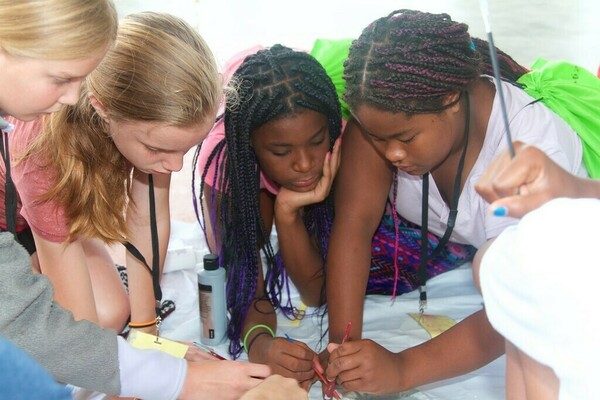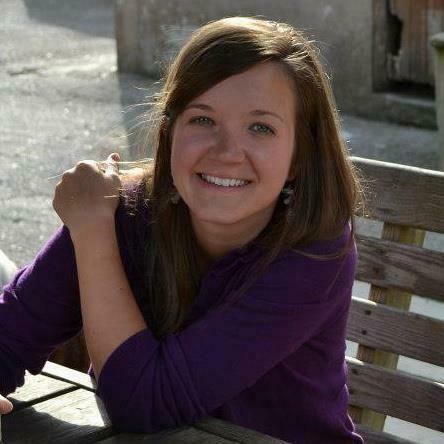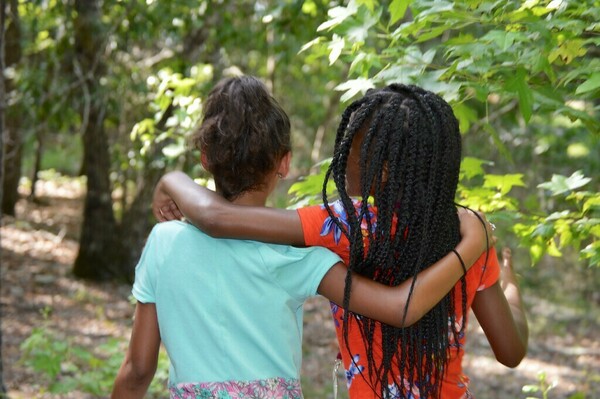For all that we don’t know about poverty and its causes, two things are clear: your likelihood of experiencing poverty is fairly predictable, and once you’re there, it’s hard to escape.
A landmark 2014 study from Harvard economist Raj Chetty and team found that someone’s lifetime earnings can fluctuate by almost $200,000 based on their zip code at birth. To be clear, this isn’t comparing people from the richest zip codes in America to the poorest: these differences can be found even within the same city, sometimes across just a few residential blocks.
Worse, once you’re experiencing poverty, it’s nearly impossible to escape. Not only did the study identify vast differences in resources based on where you live, it also deflated long-held American self-conceptions around social mobility.

Taken together, poverty’s gravitational pull and selective inevitability result in what’s often called the “cycle of poverty.” But what is the cycle of poverty, why is it cyclical, and how can it be broken?
In this issue, we’ll look at the lasting impact of factors outside of peoples’ control, early in life, and how a summer camp in Atlanta and a tiny house farm in Southern California are seeking to break the cycle once and for all.
—----------------
But first, I’d like to back up just a little bit.
(And at this point remind the reader that your author is neither a LEO employee, nor a practitioner in this space—just a curious advisor. Suffice it to say that my tone does not speak on behalf of LEO!)
Did you internalize the humanity behind the findings I mentioned in the opening paragraph? It would be pretty understandable if you glossed over it; a quick glance at almost every anti-poverty nonprofit’s mission statement references the cycle of poverty in some way or another.
Honestly, the phrase “cycle of poverty” itself is a pretty terrible way to describe what’s going on here.
It’s not inaccurate, it’s just an impersonal abstraction for a profoundly unfair reality happening just under our noses. Somehow, within the same wealthy cities in the richest and most powerful country on the planet, a sizable portion of newborn Americans have a vastly different future than the rest of us.
Take this statistic from Chetty and his colleagues’ 2016 paper on income and life expectancy:
“The richest American men live 15 years longer than the poorest men, while the richest American women live 10 years longer than the poorest women. The poorest men in the U.S. have life expectancies comparable to men in Sudan and Pakistan; the richest men in the U.S. live longer than the average man in any country.”
As we can see from Chetty’s findings, for those caught up in the cycle, it’s truly a matter of life and death.
—--------------------
Another term for this cycle is “generational poverty,” a term core to the founding story of Atlanta-based Kidz2Leaders.
The story goes like this: after meeting three generations of incarcerated women from the same family in Georgia in 1999, Reverend Dr. Diane Parrish decided to start a summer camp for the children of inmates to try to disrupt this toxic pattern of inheritance. Over twenty years later, Camp Hope has expanded its offerings to become Kidz2Leaders, a multi-program approach that has served over 1,200 campers, siblings, parents, guardians, and relatives.
Kidz2Leaders’ (K2L) is part of LEO’s recent nonprofit cohort, comprised entirely of organizations based in Atlanta. K2L Executive Director Christina Cummings, describes their mission as providing “stability, opportunity, and a Christian community” to the children of inmates for eight years, starting when they are between the ages of eight and ten.

Cummings and K2L are out to tackle a huge issue; there are an estimated ~2.7 million children in the U.S. whose parents have been imprisoned. Georgia has one of the highest rates of incarceration nationwide, costing the state over a billion dollars a year, and resulting in 200,000 children of inmates. Not only do we know that former prisoners experience an estimated 13% decrease in lifespan compared to their peers, family members of those who have been incarcerated also suffer: people with incarcerated loved ones lose 2.6 years in life expectancy than those without relatives in prison.
But K2L’s programs aim to prevent children and family members from falling into this cycle from the start. They provide year-round mentorship, training and leadership opportunities, including job opportunities for those who age out of summer camp. And they’ve seen incredible results. While children of incarcerated adults are three times more likely than their peers to be jailed in their lifetimes, 99% of K2L’s graduates have avoided prison.
It may be too early to tell how far K2L’s programs have nudged participants away from prison because incarceration rates typically peak in one’s late twenties and early thirties. But the launch of a new randomized controlled trial study with LEO on the efficacy of the program will help Christina and her team find out. Armed with rigorous results, K2L seeks to add family support, wraparound services, and eventually construct their own building for better year-round offerings.
—----------------
Another slippery slope into the cycle of poverty is the foster care system.
People who spend time in the foster care system face long odds around living a stable, independent life—70% of kids in foster care experience homelessness within two years of independence.
One social entrepreneur is aiming to increase those odds by focusing on one of the most important periods in the life of someone in foster care: Dan Parziale, Notre Dame alum (2005) and Mesa Farm cofounder. According to Dan, the traditional approach to preventing homelessness among this vulnerable population is not sufficient, especially for foster care participants after they “age out” of the system, at eighteen.
Dan saw these realities first hand, through his work as a Senior Director at LA Family Housing, one of Los Angeles’ largest organizations working on housing and homelessness.
During his tenure, the State of California passed the largest measures in history to directly combat homelessness. Measure H, passed in 2017, promised more than $3.5 billion dollars over a decade, primarily towards a “housing first” approach to get a roof over the heads of those most vulnerable to experiencing homelessness.
However, even with a team of 75 people and a budget of over $50 million, Dan saw the housing first approach as insufficient:
“During over five years with the organization, my team grew six-fold, along with rapid increases in our funding, while homelessness in Los Angeles County grew by 10-20x,” Parziale said. “While it’s undoubtedly important for those living on the streets, there was far too little money and programming on preventing folks from becoming homeless to begin with.”
Despite having more money to combat the problem than ever before, Dan grew pessimistic that additional dollars could ever catch up to the growth of the problem. As LA Family Housing improved their ability to target those who were most likely to become homeless, Dan began to see the critical ethical—and financial—need to prevent people from falling into the cycle of homelessness in the first place. (See LEO’s recent Homelessness Prevention Call Center Study with Catholic Charities Chicago for more evidence on this approach and to better understand the success of Emergency Financial Assistance programs in preventing people from experiencing homelessness.)
In 2020, Dan left his role to build Mesa Farms in Ojai, located in a beautiful valley north of Los Angeles, along with fellow resident and local entrepreneur Kyle Thompson. Mesa targets “transition aged youth,” those from 18-24 who have spent time in the foster care system. Their vision is to build resilience among their participants using a holistic, wellness, and work-focused approach. As recipients of state and county funding, Mesa will provide housing as well as counseling, employment, and other wrap-around services.
—------------------
Programs like K2L and Mesa are targeting the populations most likely to end up experiencing poverty in their lives: those involved with the criminal justice and foster care systems. Children with incarcerated parents are six times more likely to become incarcerated themselves. And over twenty percent of the children of those in the foster care system will end up homeless. Whether or not they can succeed, and if that success can scale more broadly, remains to be seen.

But there’s reason for optimism. Raj Chetty’s study also showed that the geographic impacts on income could be overcome…by moving.
Moving from a low income to a high income environment had transformational impacts on those able to do so, especially for those who moved at an early age. Importantly, Chetty’s work highlighted the success of housing choice vouchers—a government program designed to enable people to transcend their geography of birth. Armed with Chetty’s team’s evidence, policy-makers can now expand and target that intervention more confidently going forward.
Both Mesa and K2L understand the importance of gathering this evidence to figure out what’s working. Together with LEO, they are determined to help individuals fight their way out of the circle of poverty. As we’ve learned, this is not an isolated fight. They are fighting against the gravitational pull of poverty, homelessness, and incarceration on their children, and generations to come.
Join our mailing list for LEO news and events delivered right to your inbox.